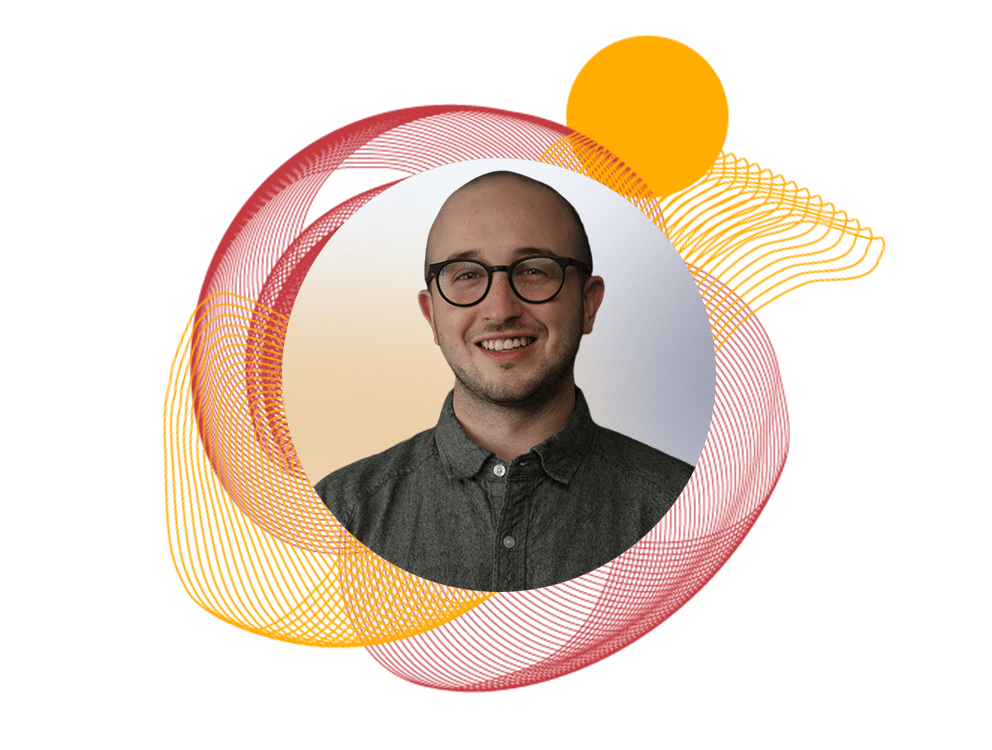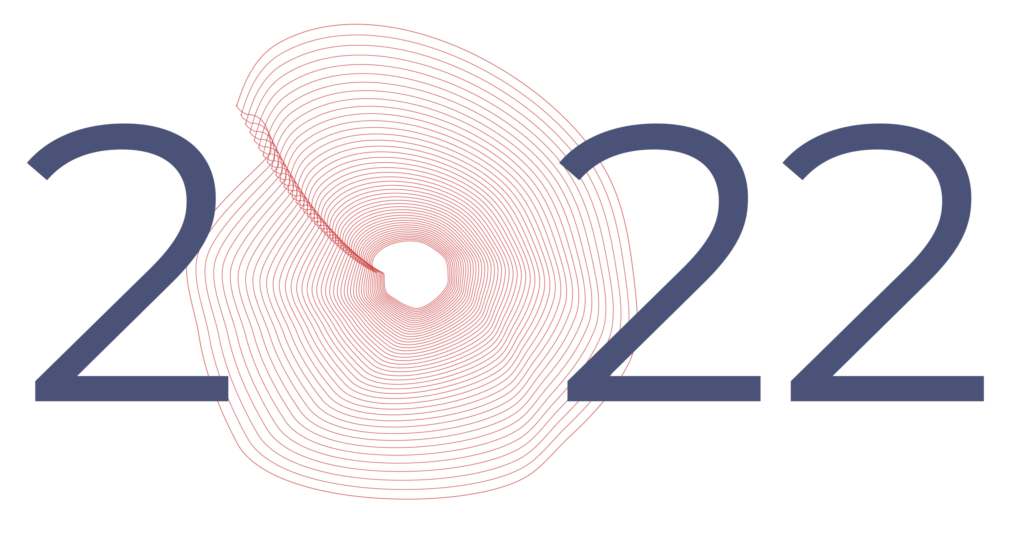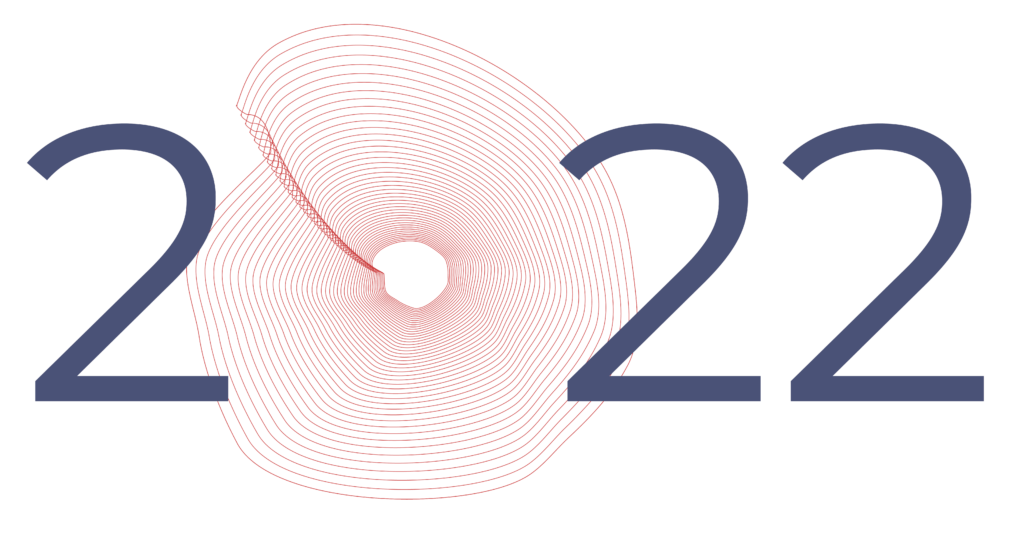- At the forefront are those about methodology, never put more succinctly than by Aday et al. in Great Expectations: “Although some challenges are shared with psychotherapy and pharmacology trials more broadly, psychedelic clinical trials have to contend with several unique sources of potential bias. The subjective effects of a high-dose psychedelic are often so pronounced that it is difficult to mask participants to their treatment condition; the significant hype from positive media coverage on the clinical potential of psychedelics influences participants’ expectations for treatment benefit; and participant unmasking and treatment expectations can interact in such a way that makes psychedelic therapy highly susceptible to large placebo and nocebo effects.”
- For other noteworthy critiques from this year, see: Ona et al.; Schenberg et al.; Celidwen et al.; Devenot et al.; Ortiz et al.; Cristea et al.; Butler et al.; Bedi et al.
- Other limitations still largely apply, such as limited generalizability of the results to wider populations due to strict trial inclusion/exclusion criteria and relatively small sample sizes.
- Spurred on by the publication of Proposed Consensus Statement on Defining Psychedelic Drugs from the new Psychedelic Medicine journal. I do not have particularly strong feelings on the matter, but will note that media coverage of MDMA and ketamine in recent years will make it hard to disentangle them from the word ‘psychedelic’. The debate will not stop any time soon, and I suspect will only become more convoluted as additional molecules with overlapping pharmacology are explored and the boundaries between psychedelic, entactogenic, and dissociative anesthetic effects are further blurred.
- It was not a particularly active year for MDMA with only a few post-hoc analyses published (see Revisiting MDMA-Assisted Therapy Data), while ketamine just missed the cut. See Honourable Mentions for more.
- Topline results via press release and preprints were excluded as they are subject to change through the peer review process; though a couple stood out as particularly notable: Mason et al. and Madsen et al.
- Goodwin et al., 2022.
- A Bayesian reanalysis by Nayak et al., 2022 of Carhart-Harris et al., 2021 provided some confidence that psilocybin with psychological support was likely no worse than the SSRI escitalopram combined with the same amount of psychological support.
- Far from a microdose, this corresponds to ~16 mg for a 70 kg patient, albeit a lower amount than the doses assessed in previous psilocybin therapy for depression trials (i.e., ~ 25 mg, up to 30 mg/70 kg).
- Montgomery-Asberg Depression Rating Scale (MADRS) is a commonly used, clinician-rated depression severity score. Beck’s Depression Inventory (BDI), a self-report questionnaire, was also used to assess response to treatment. The primary outcome of the study was the change in MADRS and BDI score from baseline (~5 days before psilocybin administration) to 14 days after dosing compared to placebo.
- Other trial designs included low dose psilocybin (e.g. 1 mg), escitalopram, niacin, or a wait-list control as comparator groups.
- As researcher Max Wolff noted, the methods used to obtain this result factored in the overall intensity of the subjective effects by using the sum score of the 5-Dimensional Altered States of Consciousness (5D-ASC) scale, rather than the “psychotherapeutically relevant acute effects” captured by certain 5D-ASC subscales.
- Each participant had seven visits with a therapist for psychological support: two preparatory and three integration sessions (1 hour each) surrounding the 6-hour drug administration period, totalling 11 hours of therapist time.
- Each participant was assigned a single therapist for psychological support throughout the trial (See “Reducing the Costs of PAT” for more on this).
- The trial employed a single administration of psilocybin instead of two, as seen in other modern studies such as Davis et al. 2020 and Carhart-Harris et al. 2021. The use of two doses was previously considered more advisable, allowing patients to become acclimated with the psychedelic effects, especially if the first resulted in a psychologically distressing experience.
- No information about previous or ongoing psychotherapy was provided, indicating this may have been a largely treatment-naive population.
- Goodwin et al., 2022 focused on a population with treatment-resistant depression, requiring previous treatment failure of two to four antidepressants.
- Can also count a lower-than-normal placebo response as a factor, likely driven by the nocebo effect of not receiving psilocybin.
- A 12-point MADRS score decline in the 25 mg group compared with a 5.4-point decline in the 1 mg group at 3 weeks (difference of -6.6).
- The Supplementary Materials of von Rotz et al., 2022 indicate longer-term follow-up data will be published at a later date. Also published in this past year was the long-term follow-up of Davis et al. 2020, demonstrating psilocybin therapy’s antidepressant efficacy may be durable for up to 1 year (Gukasyan et al., 2022).
- A single dose of ketamine, delivered without any adjunctive therapy, produces comparable antidepressant effects that may last 3-14 days.
- e.g., Grof et al., 1973.
- Gasser et al., 2014.
- Grob et al., 2011; Griffiths et al., 2016; Ross et al., 2016.
- A trial directly comparing the effects psilocybin and LSD (Holze et al., 2022) was published by the same research group last year, but was received with some skepticism after reporting similar subjective effects that differed only by LSD’s longer duration of action; phenomenological descriptions found in trip reports often note more distinguishing features.
- Five study visits of approximately 1 hour each, conducted at baseline, between dosing sessions, and 2, 8, and 16 weeks after the second dose, per treatment period.
- Meaning all participants received two doses of both LSD and placebo in a random order, divided by a “washout” period of 2 weeks.
- A crossover analysis can involve using each participant as their own respective control (i.e. within subjects, comparing the first treatment period vs. second). This was reflected in the predefined primary outcome, which was the change in State-Trait Anxiety Inventory-Global (STAI-G) score from baseline to 16 weeks after LSD compared to placebo within subjects. However, due to the LSD-first group’s therapeutic effects persisting into the second treatment period, known as a carryover effect, the primary outcome was changed to compare LSD and placebo in the first period (i.e. between subjects) 16 weeks after dosing. It is unclear to me why within subjects was chosen as the initial primary outcome, when previous crossover trials of psilocybin-assisted therapy (Griffiths et al., 2016; Ross et al., 2016) showed similar carryover effects that limit therapeutic interpretations post-crossover.
- This length of therapeutic effect is considerable, and those in the LSD-first group maintained similar benefits until the end of the second treatment period (up to 50 weeks, but without a control in the second period).
- Defined as ≥30% reduction in STAI-G scores
- For a few more, see Bulletin #102 from back in May regarding the topline results, which predictably painted a less nuanced picture than the final publication.
- Oceanic Boundlessness and the Mystical Experience Questionnaire (MEQ30), but not Anxious Ego Dissolution.
- Progress and Puzzles in Psychedelic Therapy.
- A result of the nocebo effect, due to not receiving the desired LSD? Possible, but also counterbalanced by the fact participants knew they would receive LSD eventually within the crossover design. One can speculate that those with life-threatening illnesses had a nocebo response regardless, given potential mortality concerns, however the increase in anxiety occurred for placebo-first group participants both with and without a life-threatening illness (see Figures S4 and S7).
- MindMed, a collaborator of University Hospital Basel's Liechti Lab who ran this trial, are running their own multi-site, dose-finding Phase 2b study of LSD (LSD D-Tartrate a.k.a MM-120) for anxiety.
- For a detailed review of this period of research, see Mangini, 1998.
- Treatment follow-up ranged from 1-12 months.
- Krebs et al., 2012.
- More widely known as Benadryl. Chosen for a multitude of reasons, including but not limited to: lack of evidence as a treatment for AUD, low abuse potential at the doses used in the trial, and noticeable subjective effects such as drowsiness and confusion that might enhance the blinding effectiveness (especially in those who are psychedelic-naive, though exclusion criteria allowed for up to 25 lifetime uses of any hallucinogen).
- Two participants required the use of rescue medication (diazepam) due to anxiety during their second psilocybin session.
- A rare occurrence in psychedelic trials (and in medicine more generally). See Schenberg, 2021.
- For a few more, see Bulletin #117 from back in September.
- Both mystical-type experiences (as measured by the MEQ) and more general measures of intensity of psilocybin’s effects predicted drinking-related improvements in the aforementioned proof-of-concept AUD trial (Bogenschutz et al., 2015).
- This dose is significantly higher than what has been trialed in depression studies, in part because there is evidence (both historical and from the proof-of-concept study) that alcohol-dependent individuals may require higher doses to achieve an equivalent subjective effect. Similar logic is being applied to other psilocybin trials for the treatment of substance use disorders (e.g., opioid (NCT05242029), methamphetamine (NCT05322954)).
- See a more detailed explanation from researcher Matthew Baggott.
- Out of a total of 12; Four others occurred between the two dosing sessions, and four in the month following the second dose.
- Only three participants in the diphenhydramine group and only two in the psilocybin group failed to complete follow-up at Week 36.47 for an AUD trial is likely driven by one reason: out of concern for a larger drop-out rate in the diphenhydramine group48Related to the likelihood of unblinding as a result of psilocybin’s strong subjective effects
- The onset of DMT’s psychedelic effects when administered via IV is within two minutes and typically ends after 30 minutes.
- Delivered as part of an open-label, fixed-order dose escalation starting with 0.1 mg/kg, and if well tolerated and the participant agreed, was followed by a second session of 0.3 mg/kg. The psychedelic “threshold” for IV DMT was established in healthy volunteers at 0.2 mg/kg (Strassman et al., 1994).
- Patients with major depressive disorder were defined as treatment-resistant if they previously failed treatment with at least two antidepressants, and at least one during the current depressive episode.
- On a scale of 0 to 100, where 0 = intolerable and 100 = well tolerated.
- After the incident, the subject revealed they had a history of many (>30) episodes of low blood pressure. The authors determined the event was related to DMT’s effects combined with the participant’s undisclosed medical history.
- For a few more, see Bulletin #106 from back in June.
- Demonstrated in Olson et al., 2020 where psychedelic-like effects are induced without any drug administration.
- For example, see Davis et al., 2020 and Lawrence et al., 2022 for more about the phenomenology and content of the DMT experience.
- Before registering as a nonprofit organization in 2006, Robert “Bob” Wold started Clusterbusters as an online forum/patient support group in 2002 specifically to discuss the use of psychedelics for the treatment of cluster headaches.
- e.g., Sewell et al., 2006; Schindler et al., 2015.
- Aforementioned preprint from Madsen et al., published last year.
- “Patient-informed” refers to the fact that the pulse dosing regimen was derived from over two decades of patient experimentation and experience. However, the fixed design of dosing in the study differs from what is commonly practiced by patients with cluster headache, where adjustments to the dose or regimen during the pulse may occur. To learn more about the history of this citizen science, see “Unauthorized Research on Cluster Headache” and Bailey et al., 2022.
- Meant to approximate one of the more commonly used regimens by patients, consisting of 1-2 grams of dried Psilocybe cubensis mushroom (roughly equivalent to 6-12 mg pure psilocybin) taken three times, ~5 days apart. 0.143 mg/kg = 10 mg/70 kg.
- Cluster headache disorder can be episodic, where attacks occur daily for 2-8 weeks seasonally, or the more uncommon and difficult-to-treat chronic form, defined as less than three months without attacks/year.
- Measured using a headache diary to record the number of cluster attacks, the duration of the attack, and the pain intensity, which is the gold standard in headache research.
- The authors state that this negative finding is owing in part to the small number of participants. This is not unusual in exploratory studies of this type, and even happened with the first modern psilocybin study in patients with advanced-stage cancer (Grob et al., 2011).
- This is somewhat expected given that the patient-informed pulse regimen is often composed of low or sub-perceptual doses of psychedelics. Additionally, a non-hallucinogenic analog of LSD known as BOL-148 (2-bromo-LSD) demonstrated some therapeutic potential for cluster headaches in an open-label study (Karst et al., 2010) and is currently under further investigation. These both point to a potentially unrelated mechanism of action than what is suggested with the use of psychedelics in mood or substance use disorders thus far. A similar lack of association was found in a trial of psilocybin for migraine run by the same group of researchers (Schindler et al., 2020).
- For more on the legal and patent side of this work, see Matt Zorn’s On Drugs Psychedelic Patent Wars 2: Lost at the Patent Office (Part 1).
- The authors wrote that alternative methods of analysis including adjusting for baseline differences did not affect the results.
- Note that in the placebo group, episodic patients reported a decrease in attack frequency, contrasted with the observed increase for chronic patients at both 3 and 8 weeks.
- Interested parties are encouraged to reach out to the authors for further details about the enhanced blinding procedures.
- Particularly on the vigilance reduction (VIR) dimension of the 5D-ASC scale, which is related to fatigue. Therefore, the authors suggested an active control with sedating effects such as a benzodiazepine or antihistamine would serve as a more appropriate comparator.
- As with the negative primary outcome, had there been more participants, there may have been significant differences other than solely nausea.
- More speculatively: out of two participants in the placebo group excluded from the final analysis due to protocol violations, one was because they started using “psilocybin-containing mushrooms on their own shortly after the dosing sessions completed while they were still in cycle and the headache diary was still being kept” - might this indicate they were aware of their placebo assignment?
- Watch on YouTube.
- If you’ve made it this far, you may be wondering why the COMPASS Phase 2b publication (Goodwin et al.) was excluded from this top 5 list. Despite being an obvious choice due to sheer size and multi-site nature alone, it was omitted because of the already extensive coverage provided earlier in our “Late- Stage Psychedelic Trials" section of the Year in Review.
- Important negative finding; While there were issues with the dosing protocol, it is a good reminder that the proposed transdiagnostic efficacy of these substances needs to be systematically evaluated.
- For bonus justified praise and criticism, see Schatzberg 2022 and Cristea et al., 2022, respectively.
- For the accompanying qualitative results, see Hendricks et al., 2022 - more trials should publish these results concurrently.
- See our Research Themes section for more.









